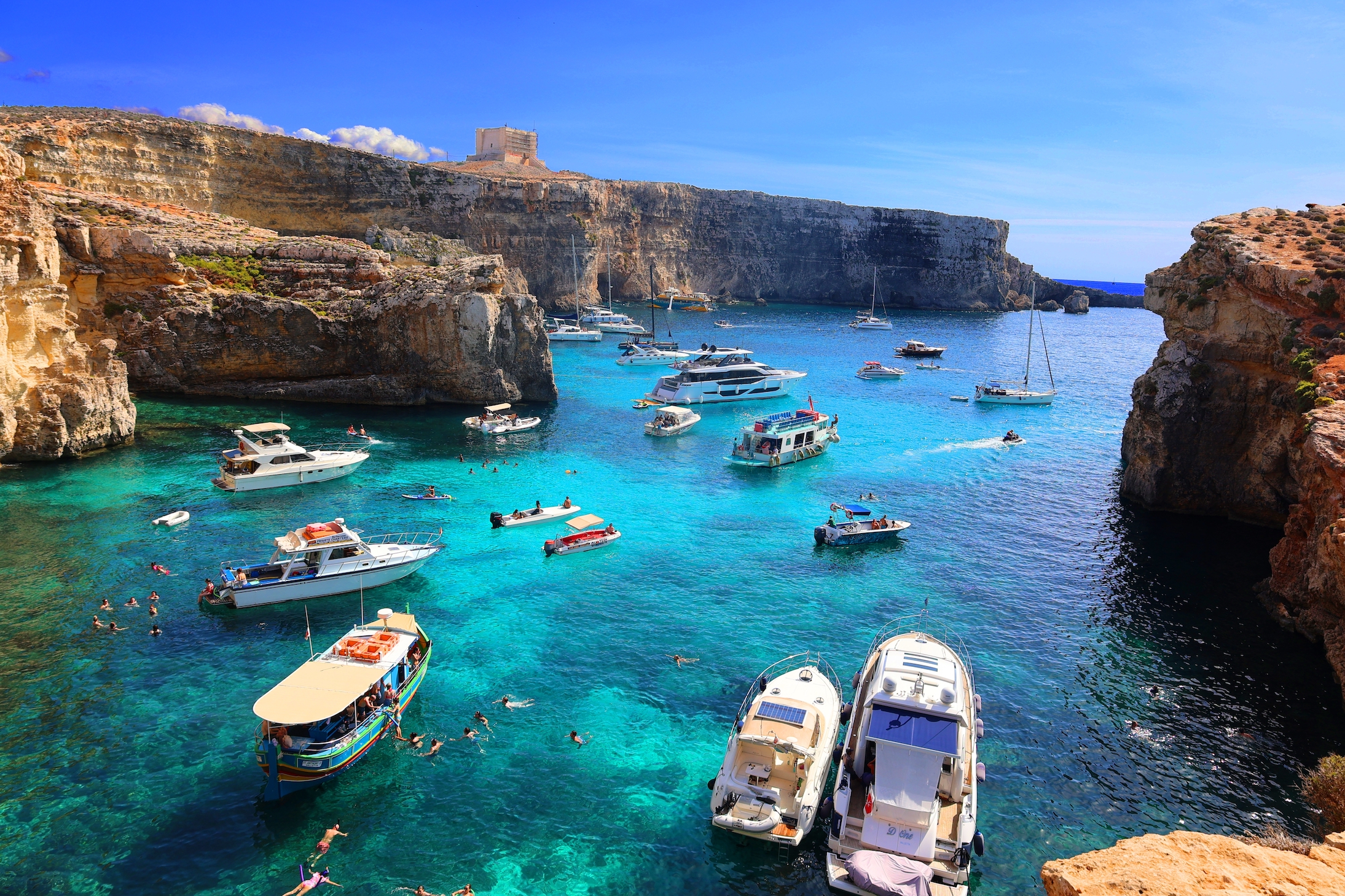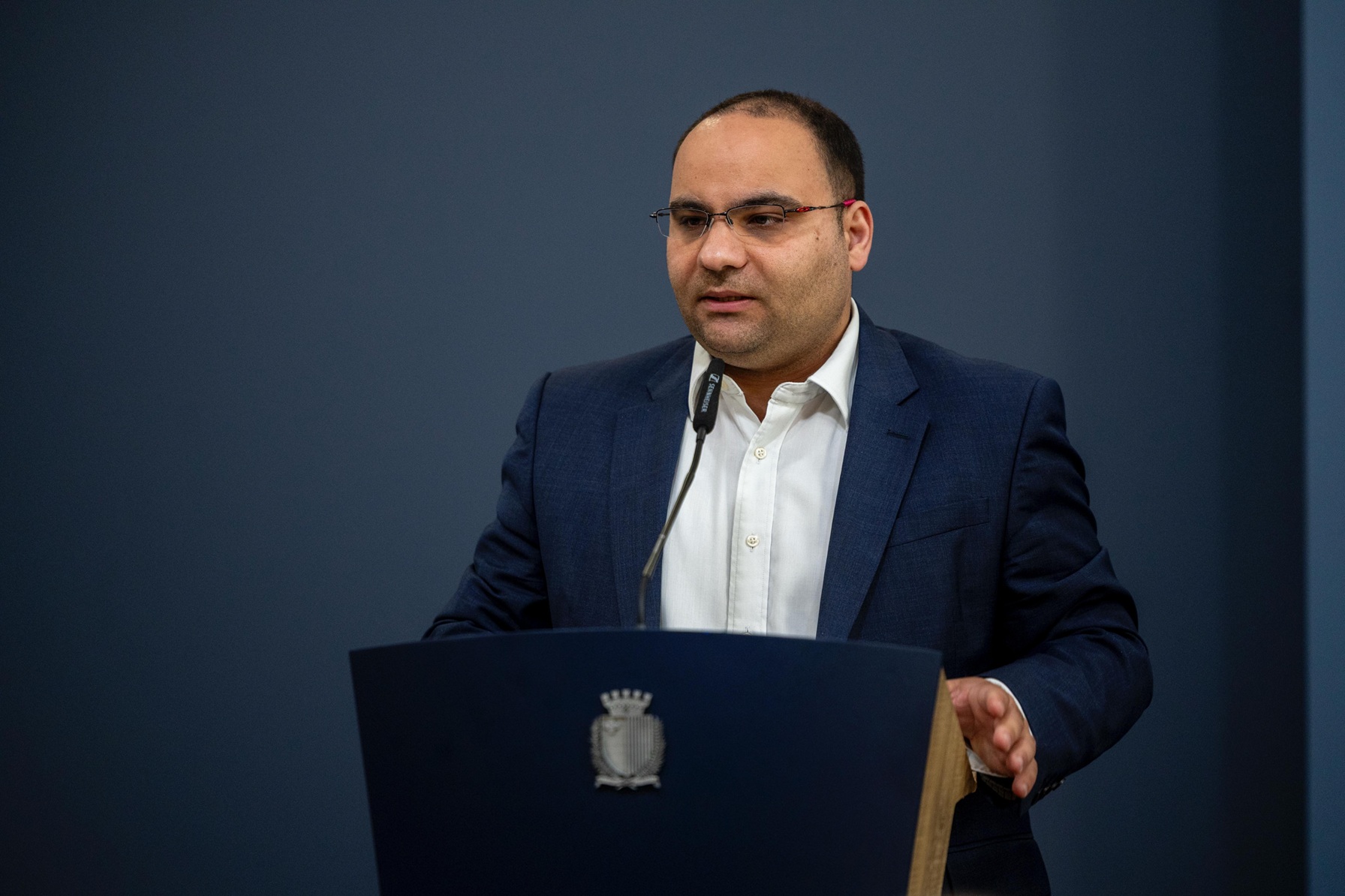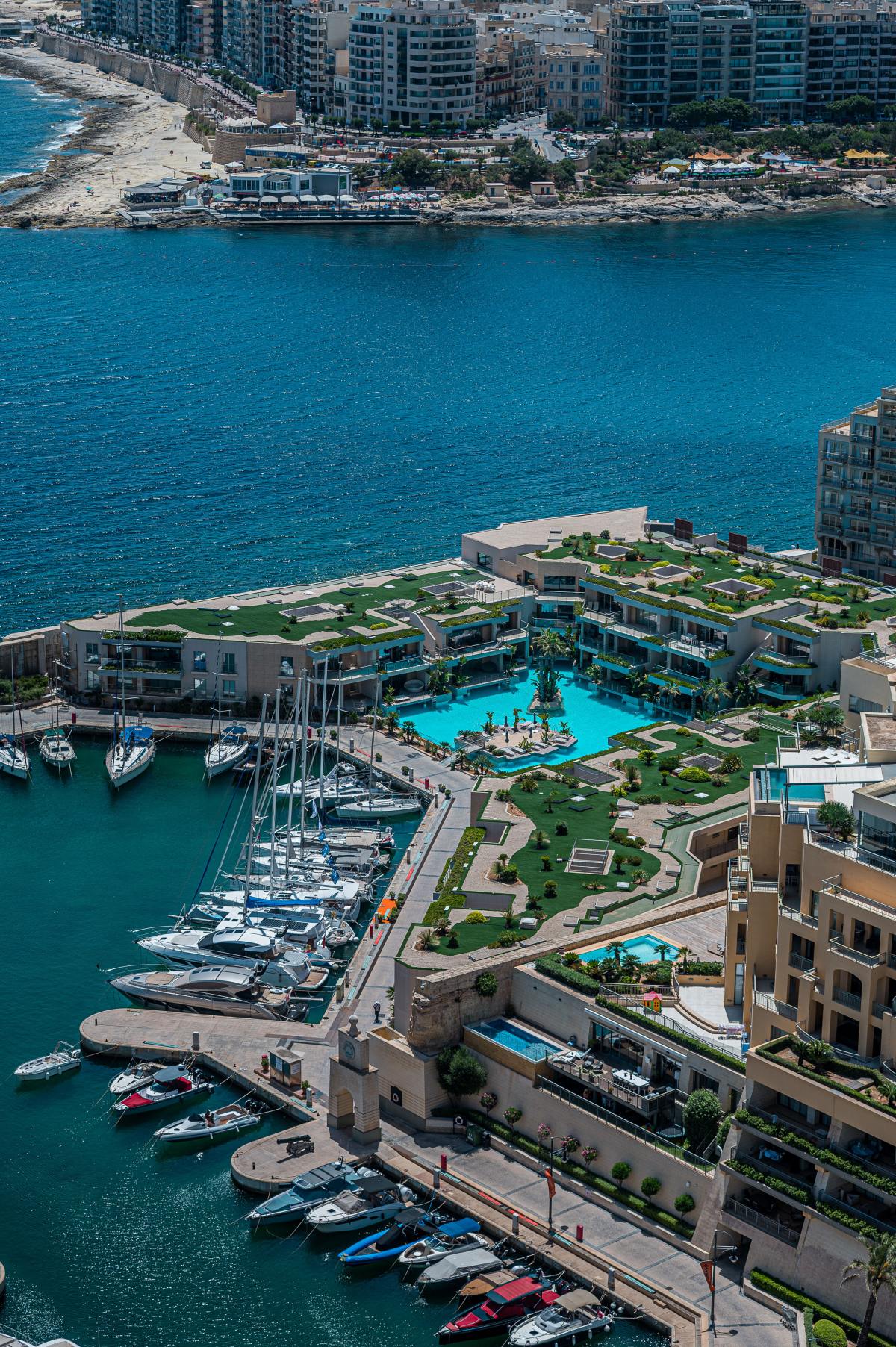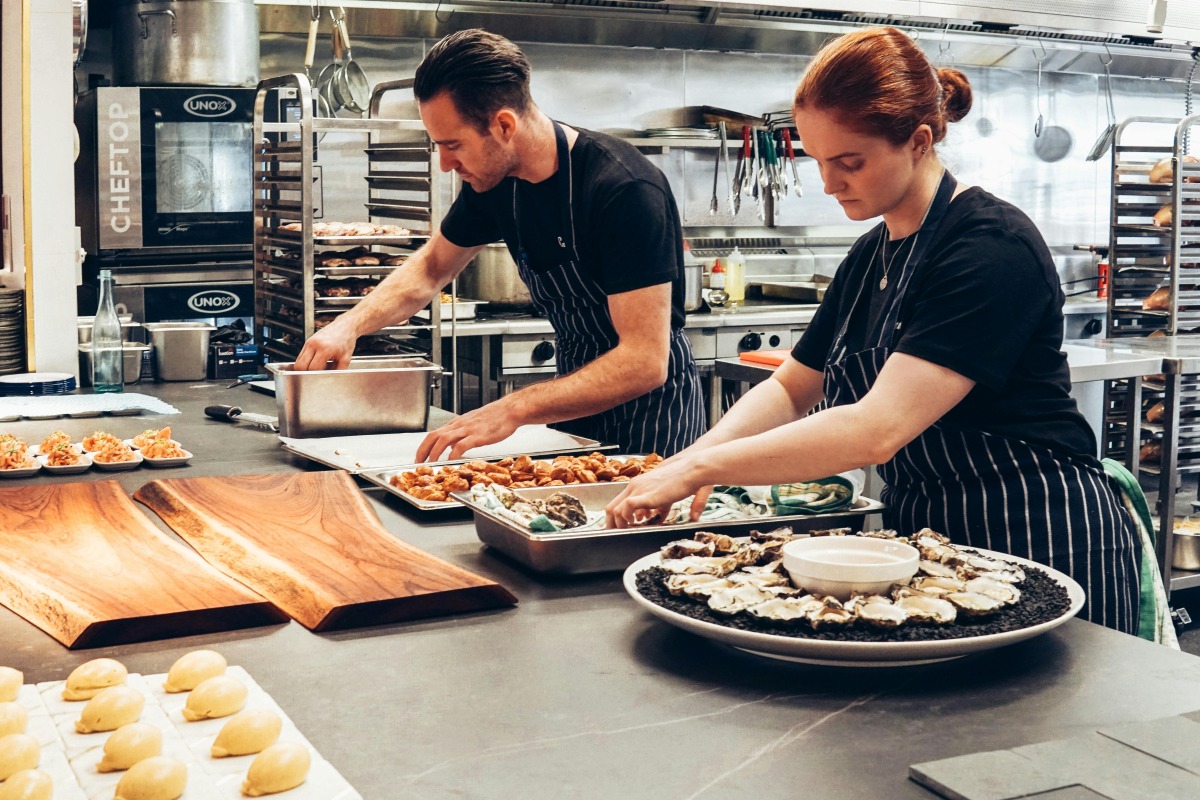Malta is pioneering a world-first digital tool to “balance ecological preservation with the demands of tourism”, creating a precise digital copy of Blue Lagoon in order to restore, manage and protect the fragile site.
Architecture firm Mizzi studio teamed up with the Malta Tourism Authority to create a walkable, immersive replica built from over 4,500 drone photos, 30 hours of footage, and two billion data points. This allows for an unprecedented level of analysis and planning.
The project was initiated through LIDAR scanning of the site in collaboration with the University of Malta’s Forensics Department. Mizzi Studio moved into 3D photogrammetry scanning, creating a photorealistic Digital Twin to millimeter accuracy.
“Architectural plans are often unreadable by non-architects. Therefore, Digital Twin becomes a valuable democratic tool for ensuring everyone involved in the process to restore the Blue Lagoon has a voice strengthened by a deep understanding of the place,” a statement on the project read.
“The Digital Twin of the Blue Lagoon helps us understand and appreciate the delicate ecosystem of the site, from the natural garrigue landscape to the animal and bird life that inhabit the island.”
What is a Digital Twin?
A Digital Twin is a virtual, millimetre-accurate model of a real-life place. For the first time on a national scale in eco-tourism planning, this technology is being used to create a recognisable digital version of the landscape. This becomes a powerful, democratic tool that can be shared by all stakeholders, leading to better understanding and more sensitive interventions.
Malta serves as a microcosm of global challenges, where protecting valued landscapes is crucial for both environmental and economic sustainability. The Digital Twin provides a three-pronged approach:
1. Study: The model reveals the current state of the ecosystem with extreme accuracy, showing precisely how visitors have impacted the site.
2. Plan: It allows designers to create and test interventions, like new walkways or restoration zones, directly within the digital replica of the existing site, ensuring they are in harmony with nature.
3. Act: It enables full transparency, allowing proposals to be shared clearly with the public and stakeholders for consultation, ensuring everyone has a voice.
“Blue Lagoon is the heart of our islands, our child, and like any child we must protect it. Exploring the boundaries of Digital Twin technology has given us an unprecedented ability to design with the greatest level of sensitivity to context,” Johnathan Mizzi, Director of Mizzi Studio and Project Architect from Mizzi Studio explained.
“It allows us to understand our ecological and visual impacts in ways that would never have been possible before, ensuring that every intervention is respectful. Globally, many destinations are grappling with the pressures of rising tourism and environmental change but through careful design and planning, solutions can be found.”
This project represents a paradigm shift in how destinations can approach conservation. By using cutting-edge technology for public participation and nature conservation, Malta can position itself as a world leader in contextual design.
The initiative has garnered high-level support. Deputy Prime Minister and Minister for Foreign Affairs and Tourism Ian Borg stated, “Blue Lagoon’s Digital Twin shows how technology can help heal, not harm, nature. Malta can be a beacon for other destinations facing similar pressures.”
Skills shortages overtake tax reform as top threat to Malta’s investment attractiveness
Survey findings warn that execution is now critical
Sustainability at the heart of Tumas Group: A conversation with Kevin Spiteri
The Group Engineer says long-term commitment to environmentally responsible growth continues to inform every decision
Finance Minister: Average restaurant pays just €4,500 in Corporate Tax annually
Minister Caruana addressed calls from the catering industry to reduce the VAT rate on restaurant services from 18% to 7%






